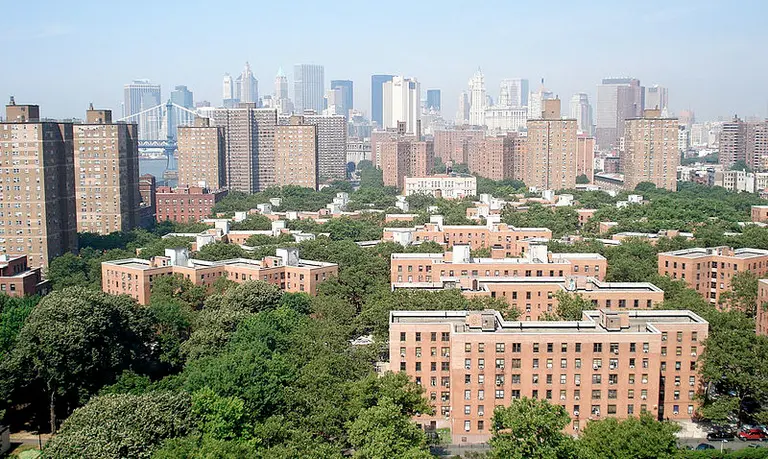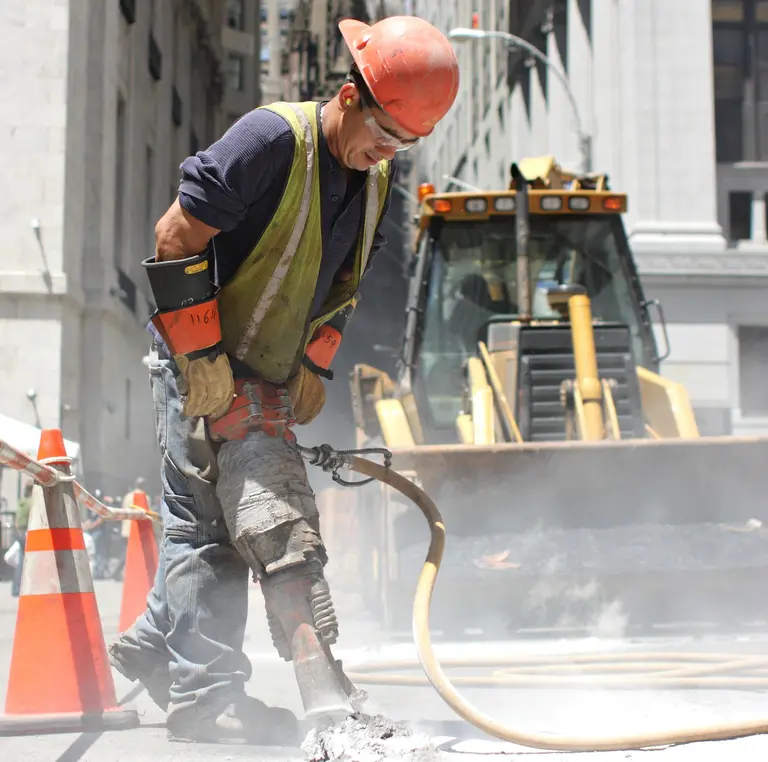May 2, 2017
Sidewalk sheds, or scaffolding, are so pervasive in New York City they almost become part of a neighborhood’s landscape. While used to protect people from falling debris, scaffolding continues to be an omnipresent eyesore that blocks sunlight and views, attracts crime and slows foot traffic. Now, thanks to a new map by the city’s Department of Buildings, residents can explore more than 7,700 sidewalk sheds, each labeled with a color-coded dot highlighting the reason for its construction, its age, and its size. As the New York Times covered, there are currently 280 miles of sidewalk scaffolding in front of 7,752 buildings in the city (way up from the 190 miles we covered just a little over a year ago), which is enough to encircle Manhattan nearly nine times.
Find out more


